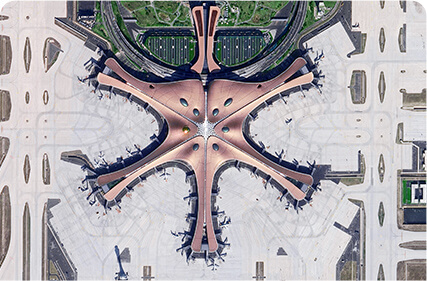English
In today's world, advanced technology plays a crucial role in improving the efficiency and effectiveness of emergency services. Among the innovations revolutionizing this sector, Cubesat infrared cameras stand out as a game-changer. These compact and powerful devices have the potential to significantly enhance emergency response capabilities. In this article, we will explore how Cubesat infrared cameras aid emergency services across various critical areas.
The first key application of Cubesat infrared cameras in emergency services is early detection and rapid response. These cameras utilize infrared technology to capture thermal images, allowing responders to detect heat emissions and identify hidden dangers. Whether it's a fire outbreak, natural disaster, or search and rescue operations, the ability to quickly locate and assess critical situations is a game-changer. Cubesat infrared cameras provide invaluable support by offering real-time insights and facilitating immediate decision-making.
During emergencies such as earthquakes, hurricanes, or floods, having accurate information about the extent of damage is vital for effective resource allocation and planning. Cubesat infrared cameras excel in disaster assessment by providing high-resolution thermal images of affected areas. These images can pinpoint sources of heat, assess structural integrity, and locate survivors or potential hazards. By integrating Cubesat infrared cameras into emergency response operations, organizations can streamline the assessment process, minimize risks, and improve overall rescue efforts.
Environmental emergencies, including oil spills, forest fires, and toxic gas leaks, demand timely intervention to minimize detrimental impacts. Cubesat infrared cameras can assist emergency services in monitoring and surveillance tasks in real-time. By capturing thermal images from space, they can track the spread and movement of hazardous substances, enabling swift and targeted response strategies. These cameras significantly enhance situational awareness, helping emergency responders protect both human and ecological well-being.
One of the most critical aspects of emergency services is locating and rescuing individuals in distress. Cubesat infrared cameras offer unparalleled capabilities in search and rescue missions. By identifying heat signatures, even in low-light or adverse weather conditions, these cameras can aid in spotting lost hikers, stranded survivors, or individuals trapped under debris. The integration of Cubesat infrared cameras with drones or ground-based teams enables quicker and more accurate search efforts, ultimately saving lives.
Cubesat infrared cameras have emerged as a powerful tool for enhancing emergency services across multiple domains. Their ability to provide real-time thermal imaging, early detection, and accurate assessment empowers responders to make informed decisions and efficiently allocate resources. By offering improved situational awareness, environmental monitoring, and search and rescue capabilities, these cameras contribute significantly to emergency management. As technology continues to advance, we can expect Cubesat infrared cameras to play an increasingly significant role in safeguarding human lives and minimizing damage during emergencies.
